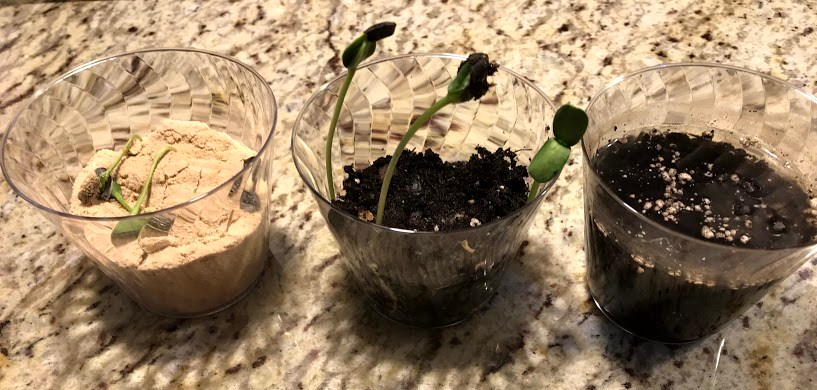Do you wish you had science lessons already thought out and ready to execute? Do you wish you didn’t have to chase down quality printouts? Do you want the best of the best of what is available? Do you want to have a comprehensive science program at your finger tips? Do you want to be able to look through something and begin tomorrow if not right this second? You’re at the right place!
This is a comprehensive elementary science program. My goal is to show you how easy and exciting it is to teach science to your children. I have looked for the best of the best from a variety of sources, combined with many of my own ideas, to put this together.
I made this because of how detached from reality science programs are. In a traditional school, teachers (through no fault of their own–the problem is the paradigm) teach about the photosynthesis–without ever having children grow their own plant. They teach the periodic table–without ever having children handle elements. They teach math while never exposing children to an engineering problem. Teachers question students them before presenting a lesson and expect them to know what took men centuries to figure out on the spot. See more about why I am disgruntled with many science programs in my article “Stop Questioning Students Before Teaching Them.” See my series on “A Better Approach to Elementary Science” for my expanding treatise on a quality elementary science program in which I seek to bring more hands-on education and problem lessons to students.
Below you will see lessons that are fused: they are both conceptual and experience-based. There is no mind-body dichotomy in these lessons. I hope as you read through these lessons and learn more about your science , you experience for yourself the power of clear and straight forward explanations–and experience an awe for nature and its laws and creations.

One of the plant lessons. Sand is too dry. Waterlogged dirt is too wet. The middle is just right.
What is is here can serve as a comprehensive elementary science program. In fact, using this approach, I found my children advanced quickly and so I will include lessons for what would otherwise be older ages as well. You could actually use many of these lessons starting at around 3 years, 7 months, when children start to build an encyclopedic knowledge base. I think this makes for an ideal set up: if you have children in these age ranges, you can use them for all of those children (and there is no harm in doing these highly conceptual, highly hands-on lessons more than once.)
Everything here is entirely FREE. The only thing I humbly request is that you send me feedback about how these lessons are working for you. You can contact me at helloamber@gmail.com. I am also on Facebook as “The Observant Mom.”
I designed these with you, the parent, in mind. I know you are busy. I want you to feel like you are empowered to do lessons in the car the very next day upon reading them. As a parent, you are in unique position to give high quality, hands-on lessons with a front row seat to your children.
The idea is that you only do about one lesson per day. In fact, I bet any normal, busy adult won’t even get to one per day. The point is I want you to pace yourself. I number them so you can come back to them easily. All research work is done for you. I give as much detail as I can to ensure an effective lesson. I give tips on what and how to say things. All lessons here were tested and tried on my own children with success. With minimal reading, you can give your child a world class education.
The program (a growing set)
Elementary Science: Animals
Elementary Science: Plants
Elementary Science: Materials